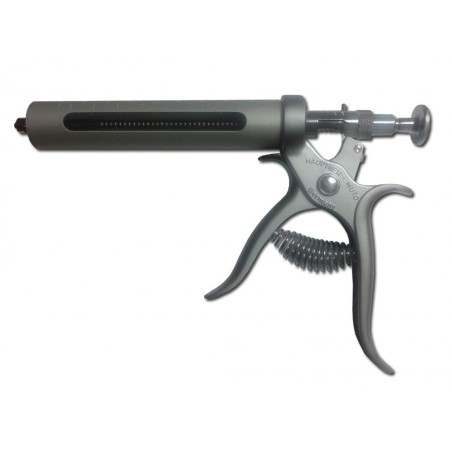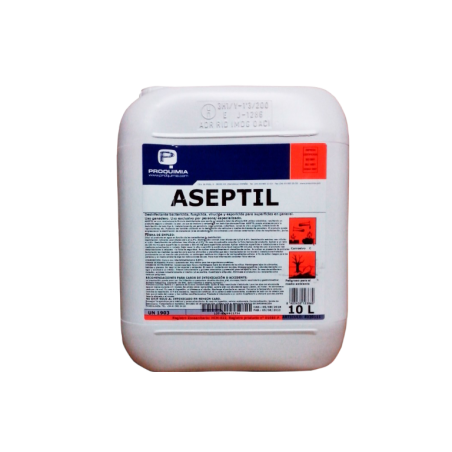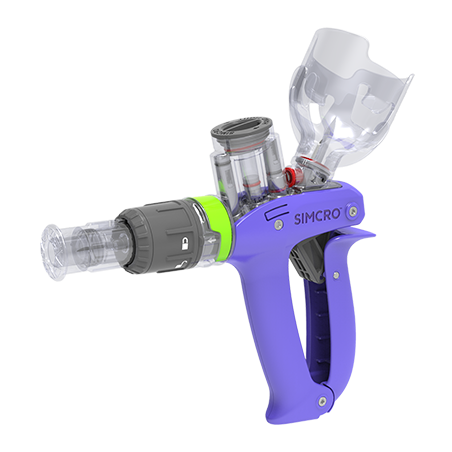The AASV guidelines have been a referent to help categorizing farms for Porcine reproductive and respiratory (PRRS) status for control and elimination. The previous version of the AASV classification scheme was based on serum monitoring results in piglets, gilts and sows. The swine industry evolves very fast and since the first publication of the AASV guidelines in 2011 new sampling specimens have been proposed (e.g. processing fluids and oral fluids). This together with the better knowledge of the effect that pooling and aggregation have on PRRSv diagnostics had to be updated in the recently published version of the AASV guidelines (Holtkamp et al., 2021). Here, you will find a summary of the new AASV classification, and the diagnostic evidence required to move from one category to another (infographic).
Category I-A Positive Unstable High Prevalence

This is the category by default of farms that do not have supporting evidence to be in the other categories. Also, it is the category of farms that suffered an outbreak recently. A high prevalence with high levels of PRRS virus (PRRSv) viremia is expected in piglets.

Category I-B Positive Unstable Low Prevalence
A farm can be moved into this category after demonstrating intermittent shedding of PRRSv in piglets for 90 days. To be promoted into this category we can use either serum from due-to-wean piglets or processing fluids. The sampling scheme for serum is the same that was used in the past, monitor 30 due-to-wean piglets monthly and test them in pools of 5. A farm can be moved into this category if at least 75% (3 out of 4) of the monthly test are negative in a 90-day period.

Similarly, testing weekly processing fluids containing most of the litters over a period of 90 days could also provide supporting evidence of low prevalence and intermittent shedding. If 75% (10 out 13) of the weekly processing fluids are RT-PCR PRRSv negative a farm can be moved into this category.

Category II Positive Stable
The main characteristic of this category is that the virus recirculation has stopped, and the farm produces consistently RT-PCR negative piglets at least for 90 days. The first option of monitoring to be promoted into this category is to test the serum of 60 due-to-wean piglets monthly and test them in pools of 10. If all four monthly batches of serum testing in 90 days are negative the farm can be promoted in this category.

A second testing option to be promoted into this category is the combination of serum from due-to-wean piglets and processing fluids. In this second option, 30 piglets should be monitored monthly at weaning and tested in pools of 5 and one weekly sample of processing fluids containing most of the processed litters in the week should be tested as well. The category is achieved if all the tests (serum and processing fluids) are RT-PCR PRRSv negative for a 90-day period.
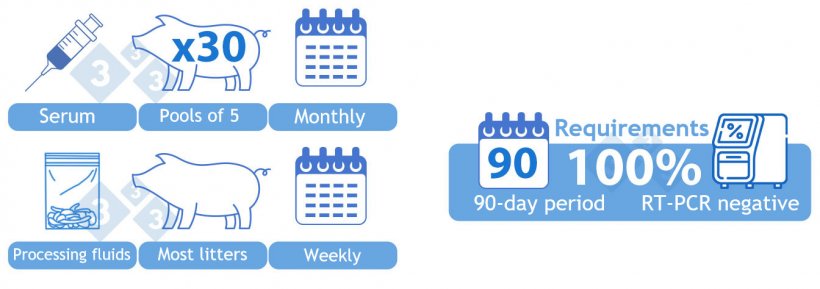
Category IIvx Positive Stable with vaccination
This is a new category in the latest version of the AASV guidelines. Similarly, to the Positive Stable status, Category IIvx has a lack of wild-type recirculation in piglets. The only difference with category II is that the use of a modified live vaccine is allowed. Monitoring characteristics and requirements to be promoted in this category are the same as in category II.

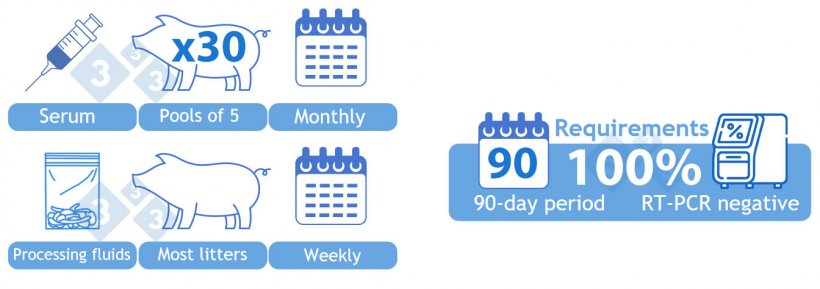
Here, a grace period of two weeks of positive samples post sow vaccination is allowed. After that, the presence of any wild type PRRSv in a RT-PCR PRRSv positive sample must be discarded.
Category III Provisionally Negative
The category III remains untouched from the last version. Farms in this category have eliminated PRRSv by closure and rollover or similar means. To prove that the virus is absent from the farm, PRRSv naïve gilts must remain ELISA negative in serum at least for 60 days after their introduction. Sampling required to archive this category is serum from 60 gilts that have been in the herd at least 60 days to be tested for antibodies individually. All samples have to be negative to be promoted in this category.

Category IV Negative
This category also remains the same as in the previous version. Herds in category IV are negative from exposure and shedding. The virus is not present and all the sows in the herd are PRRSv ELISA negative. This category is achieved once it has been proved that serum from 60 adult sows after completing the rollover is PRRSv ELISA negative (tested individually). Alternatively, same category can be achieved by testing individually serum from 60 adult sows one year after category III started. All samples must be negative.

Lastly, a requirement to maintain each one of the categories has been proposed. Diagnostic requirements are specific for keeping each category and the use of serum, processing fluids and family oral fluids is considered to facilitate the sampling. Further information can be found in the following link to the paper.





